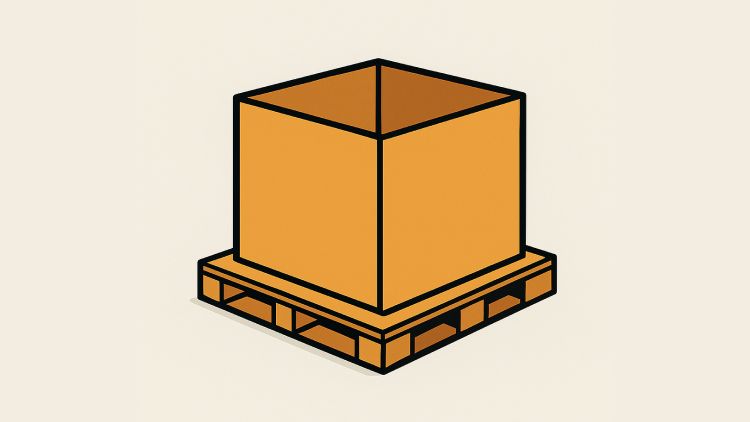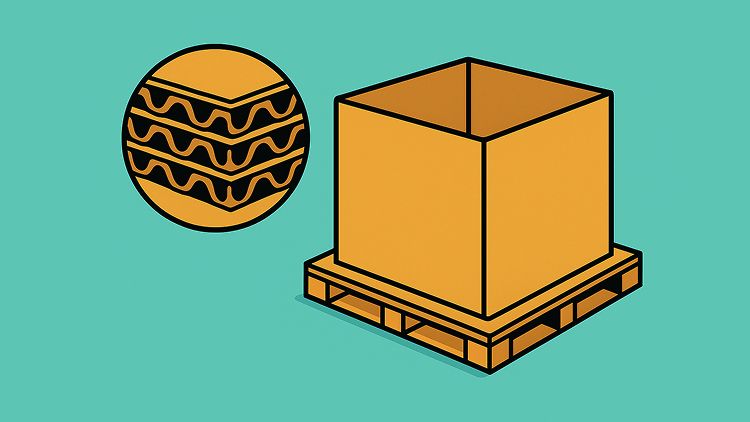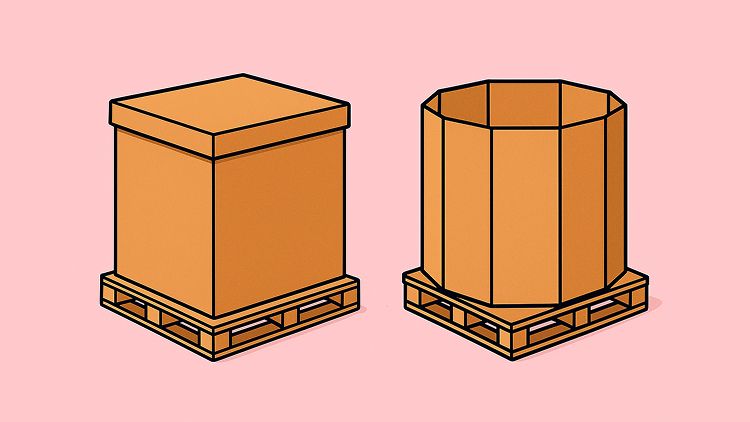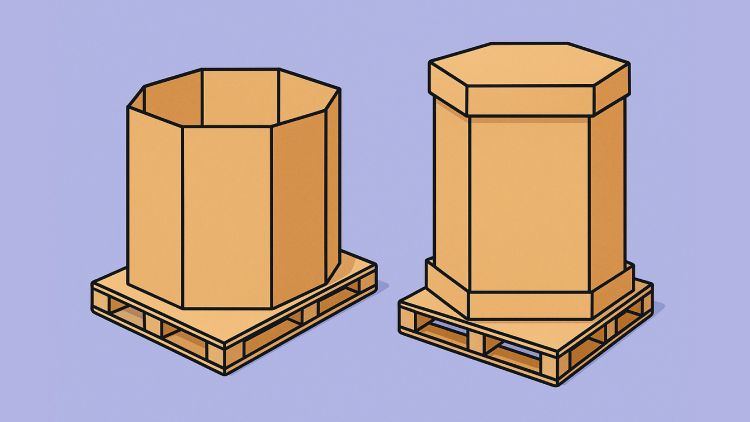Featured
Highlighted articles showcasing top insights, trending topics, and standout packaging resources.

In the world of packaging procurement, terms like pallet box, Gaylord box, octabin, and bulk bin often overlap, leading to confusion. This guide provides an authoritative breakdown based on industry standards, historical context, and technical insights to help you navigate these distinctions effectively.

In industrial packaging, tri-wall boxes — also called triple wall Gaylord containers — set the standard for durability, compression strength, and sustainability. Constructed with three layers of corrugated fluting (seven-ply total structure), these Gaylord boxes are engineered to support heavy loads up to 2,000 lbs, making them essential in manufacturing, defense, and logistics sectors.

From our experience, Gaylords are corrugated, heavy-duty, reusable bulk bins for real load-bearing. A bulk cargo container can technically be a Gaylord, but most boxes sold as “bulk cargo containers” are lighter capacity and intended for single use. Similarly, many bulk cargo bins with a pallet-sized footprint are described as “Gaylords,” but lack the weight capacity and bulge resistance of a true Gaylord box

When shipping goods in bulk, the terms "Gaylord box" and "Octabin" are often used, but they aren't always interchangeable. While both are heavy-duty containers designed for pallet-sized loads, the octabin offers specialized advantages for specific applications. This guide will clarify the meaning, features, and key differences to help you choose the right packaging.

When stored outdoors, IBCs (Intermediate Bulk Containers) are exposed to ambient weather. If contents freeze, you risk: Operational delays: contents won’t dispense or pump. Container damage: expansion can crack the inner HDPE bottle, warp the cage/pallet, and split fittings/hoses. Product loss/quality issues: many liquids (e.g., emulsions, certain chemicals) are freeze-sensitive and degrade after a hard freeze.

Wood pallets are the backbone of modern logistics, offering a simple yet effective way to move goods across warehouses, trucks, and international borders. But not all pallets are created equal—understanding standard pallet sizes can help businesses choose the right option for efficiency, safety, and compliance.

If you work in manufacturing, recycling, food processing, or large-scale distribution, chances are you’ve come across the term Gaylord box. But what does “Gaylord” mean, why are they called that, and where can you buy them? This guide answers those questions and highlights the role Gaylord boxes play in industrial packaging.

Gaylord box dimensions refer to length × width × height of a bulk corrugated container built to sit on a pallet. In North America, 48" × 40" is the most common footprint; height is selected for the job at hand. The key is to match interior space to your product and handling method, then confirm that the full outside dimensions fit your aisles, racks, and trucks.

